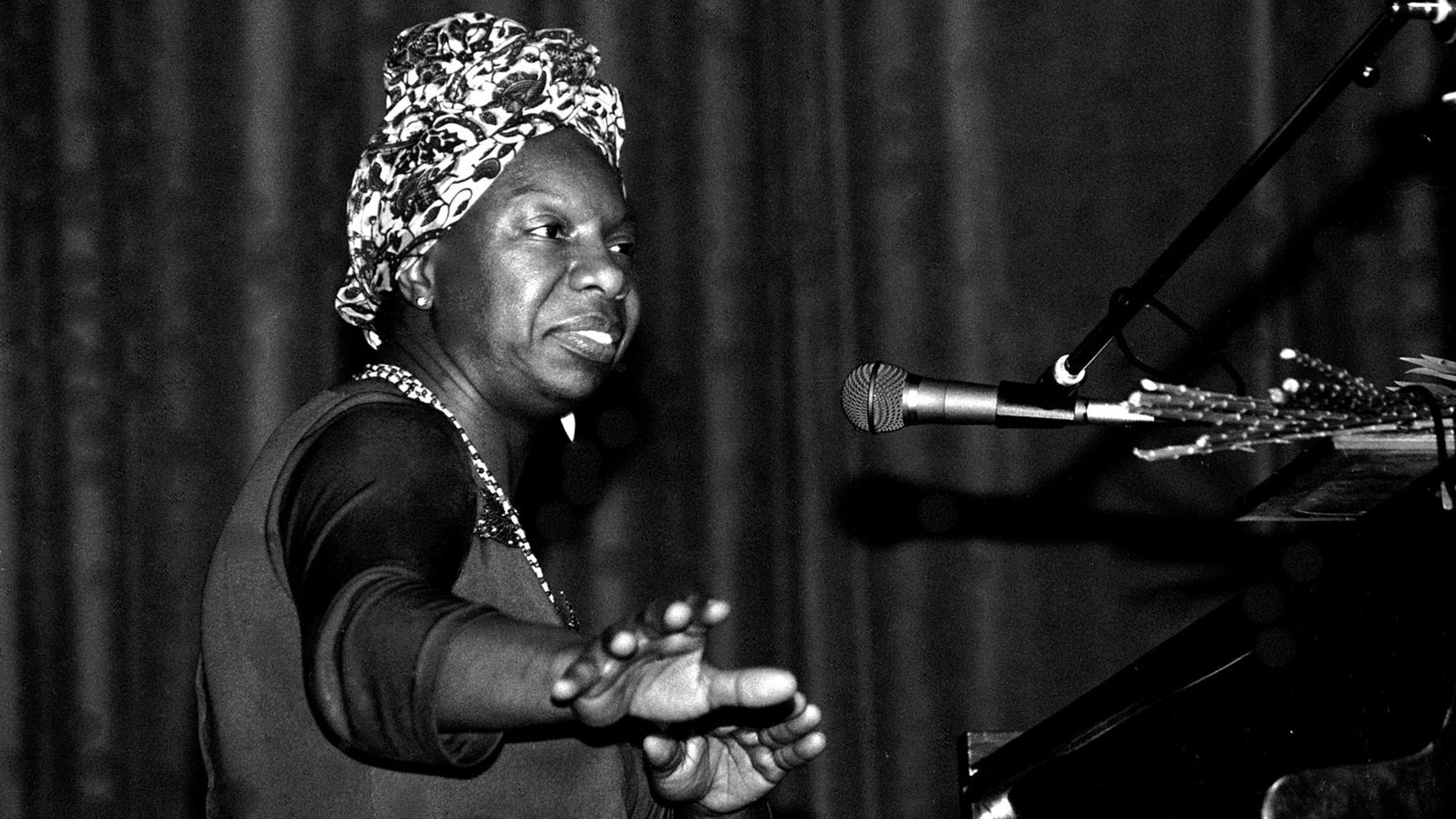“Sometimes I sound like gravel, sometimes I sound like coffee and cream.”
Nina Simone elevated every song, note, and genre she touched, but it was never easy, effortless, or wholly fulfilling. With each performance, Simone exorcised her internal struggles with bipolar disorder while simultaneously bearing witness to the cries of black America in the ’60s. What Happened, Miss Simone?, a documentary about the singer’s legacy, introduces a new generation—still struggling with the same issues of violence and racism—to the unmatched power of Simone’s work, the consequences of her untreated demons, and her honest and validated anger.
https://www.youtube.com/watch?v=moOQXZxriKY
Using archival footage and audio, as well as interviews with Simone’s family and peers, Liz Garbus’ (Bobby Fischer Against the World) latest film paints an intimate portrait of a troubled artist striving for acceptance above all else. Although she was anointed the “High Priestess of Soul” and the “Patron Saint of the Rebellion,” Simone lived a lonely life, and her very real cries for help—illuminated here by diary entries that record her suicidal thoughts and an unquenchable hate for the world around her—were glossed over by her success.
Her fear was real, and while Simone did experience overt discrimination, it was uneasiness about the unspoken, systemic racism that never left her soul.
Born Eunice Waymon, Simone nurtured childhood dreams of being a classical pianist. She was first helped along in this regard by the white and black citizens of her hometown, Tryon, North Carolina, who rallied to fund her musical future. But when Simone speaks about her music lessons, she focuses on how alone and afraid she felt walking across the train tracks to get to her instructor’s home on the white side of town. Her fear was real, and while Simone did experience overt discrimination, it was uneasiness about unspoken, systemic racism that never left her soul. After attending Julliard, this exclusion became more obvious to Simone when she was baselessly rejected from the Curtis Institute of Music in Philadelphia. “I never really got over that jolt of racism,” she admits.
Simone learned to survive as an island, but she thrived when she was part of a collective, often escaping her isolation through music and activism. She gravitated toward the radical and violent end of the Civil Rights Movement as a release from the racism that she faced every day and the personal abuse that she faced at home. When Simone addresses the sprawling Central Park crowd at the 1969 Harlem Festival—talking about killing for equal rights if necessary—you can feel the gravity with which she speaks. Her performance is charged; the need for change is in the air, but she can only respond to her immense pain by inflicting more pain. The mastery of What Happened, Miss Simone? comes from the visual juxtaposition of Simone’s grasp for control of her life and her freedom and how the Civil Rights Movement continued its quest without fully giving into the rage that every abused African American felt.
The mastery of What Happened, Miss Simone? comes from the visual juxtaposition of Simone’s grasp for control of her life and her freedom and how the Civil Rights Movement continued its quest without fully giving into the rage that every abused African American felt.
Simone’s words are at their most powerful, though, when she performs at the Westbury Music Fair on April 7, 1968—only three days after Dr. Martin Luther King, Jr. was murdered. She debuts “Why (The King of Love Is Dead),” a song in honor of the slain leader. The consequence of this violent act is felt in every note and spoken word: “We can’t afford any more losses. They’re shooting us down one by one, don’t forget that, because they are.” Her words are sharp, but true, and the lyrics are just as true today: “Folks, you’d better stop and think / Everybody knows we’re on the brink.”
Though always alone with her fears, thoughts, and unfulfilled desires, Simone’s inimitable musical gifts allowed her to be embraced by world’s community. But it was her commitment to societal change—and the outward-facing orientation that such commitments required—that sealed her legacy. FL







